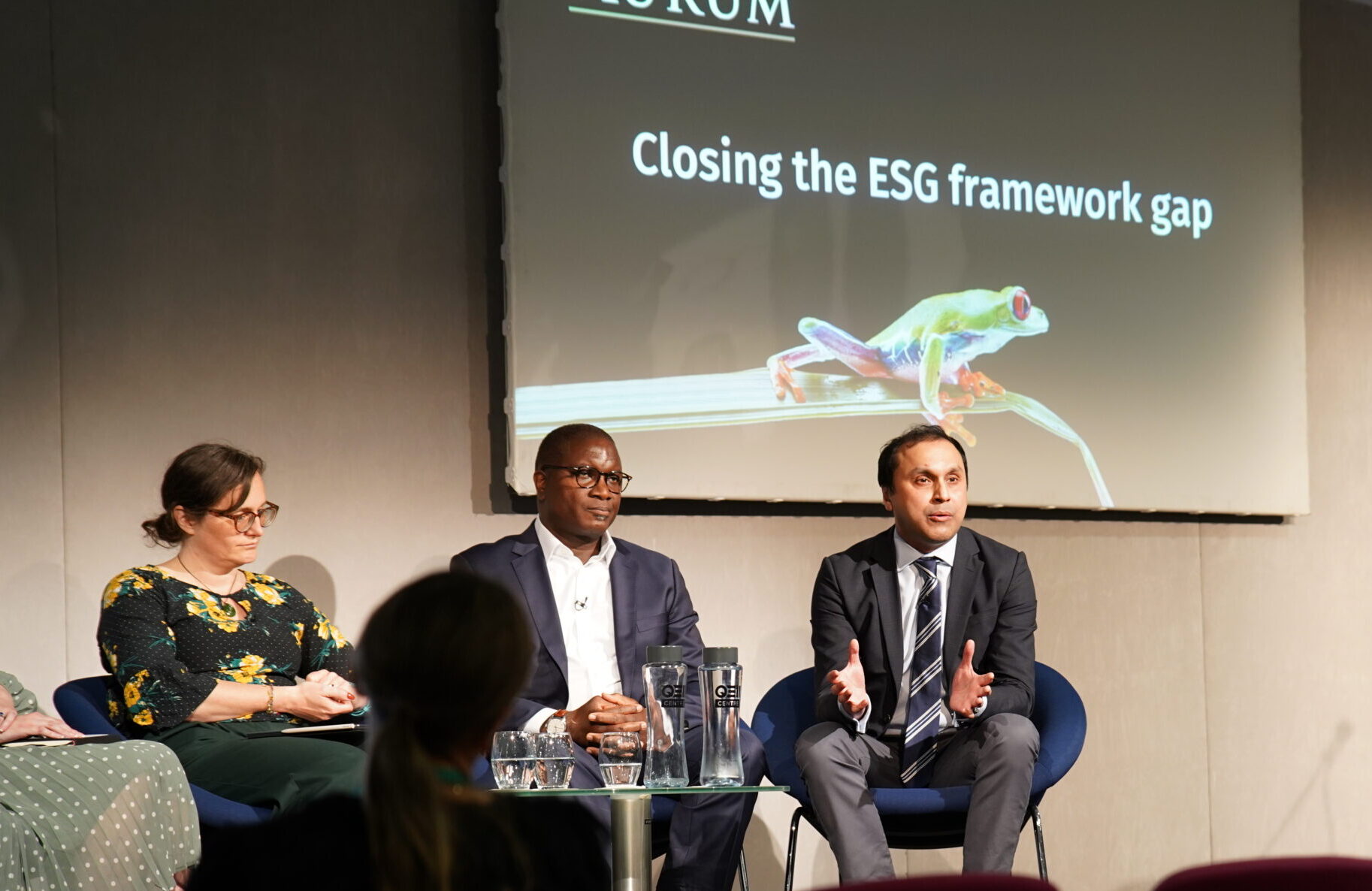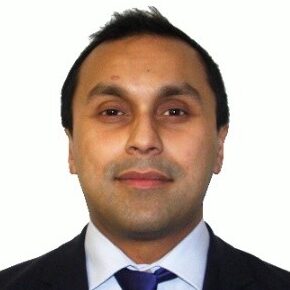Insights
Closing the ESG framework gap
Introduction
Aurum Funds Limited hosted their second Alternative ESG Symposium in May 2024, aimed at driving forward positive, sustainable change across the industry. The symposium gathered subject matter experts and industry representatives to collaborate and share insights across a wide range of disciplines. In order to share these discussions with a wider audience, the content from the panel sessions has been collated into a series of short articles, covering the key ideas and potential benefits to the alternative investment industry.
This third part of the series covers the session – “Closing the ESG framework gap” – which discussed the best place to start with the ever-growing number of frameworks and how alternative investment managers and investors can make the most of their reporting resources.
About Aurum
Aurum is an investment management firm focused on selecting hedge funds and managing fund of hedge fund portfolios for some of the world’s most sophisticated investors. Aurum also offers a range of single manager feeder funds.
Aurum’s portfolios are designed to grow and protect clients’ capital, while providing consistent uncorrelated returns. With 30 years of hedge fund investment experience, Aurum’s objective is to lower the barriers to entry enabling investors to access the world’s best hedge funds.
Aurum conducts extensive research and analysis on hedge funds and hedge fund industry trends. This research paper is designed to provide data and insights with the objective of helping investors to better understand hedge funds and their benefits.
Understanding the current landscape
After many years of a growing alphabet soup of new frameworks, there is now a trend towards consolidation. A key framework created for this purpose is the International Sustainability Standards Board’s objectives, which curates an efficient reporting landscape by providing decision-useful and comparable information. This change from reporting using a wide variety of voluntary initiatives to a few key frameworks is crucial for corporations as they navigate the complexities of reporting on ESG criteria in an efficient manner. A consolidated approach should ensure that disclosures are not only compliant with standardised reporting requirements, but also provide their end users with comparable and meaningful information to aid their decision-making processes.
Investors are increasingly focusing on aligning their investment strategies with sustainability goals, whether to manage risk, adhere to personal or corporate values, or capitalise on new opportunities presented by the shift towards more sustainable practices.
The refinement and updating of sustainability disclosure user guides, such as the collaboration between the Institute and Faculty of Actuaries and Institute of Environmental Management and Assessment “User Guide to Climate-Related Financial Disclosures,” help to bridge the gap between investors and companies. These guides aim to equip users with the mindset and knowledge necessary to interpret voluntary disclosures effectively and identify any gaps in their reporting. The result should be clearer and more insightful ESG reporting. This improved reporting will help stakeholders as they evaluate the ESG data available and consider how it aligns with their own investment strategies and risk management frameworks.

Pictured L-R: Emily Forsyth-Davies, Wendy Walford, Emlyn Ade Palmer and Debashish Dey
Challenges and opportunities from an alternative investment perspective
The key challenge with using ESG frameworks for alternative investments is that the frameworks were not originally designed for these asset types. The focus when creating the frameworks was on traditional assets in public markets, such as listed equity and fixed income. This means that significant sections of the reporting required for the standard frameworks are not appropriate for more esoteric asset classes, and in many cases cannot be completed.
Investors in alternative assets must navigate a landscape where data to support sustainability integration is still developing. Unlike more traditional public market investments, investments in private markets often involve direct and impactful engagement between investors and businesses or projects. This provides an opportunity for understanding and reporting at a more comprehensive level, even though to fully comply with standard reporting frameworks remains challenging.
Despite these challenges, there is an opportunity to pioneer frameworks that accommodate the unique aspects of alternative investments, while upholding the principles of sustainability.
The future of ESG frameworks

Pictured L-R: Wendy Walford, Emlyn Ade Palmer and Debashish Dey
Frameworks are evolving to not only assess financial risks and opportunities but also to capture the impact of business activities on the natural world. This change in focus is critical to guide businesses to manage their environmental footprint effectively and to help investors to make informed decisions that align with their sustainability objectives.
Currently the main focus of frameworks is climate and greenhouse gas emissions, but looking ahead this is likely to shift to include broader environmental matters such as biodiversity and water resources. These are areas where metrics can be challenging to quantify and will necessitate innovative approaches to data collection and analysis. The expectation is that data science and AI will play a critical role in refining and expanding the metrics used to assess and report on ESG factors.
However, it’s crucial to balance the enthusiasm for these technologies with awareness of their energy demands and potential environmental impacts. The goal is to use such technologies responsibly, ensuring that they contribute to sustainability rather than exacerbate existing challenges.
Pragmatic steps forward
For both asset managers and companies alike, the key to making effective use of ESG frameworks lies in first understanding the objectives of the end user. Once these have been established the most appropriate framework should be selected and the reporting style selected to ensure these objectives are met.
It’s no longer enough to simply collect data; stakeholders must engage with this information critically, questioning methodologies and underlying assumptions. If this is done well the information can be used to align their actions and decision making with their own sustainability goals.
In conclusion, as the ESG landscape continues to evolve, the focus must remain on bridging the gap between ’tick box’ reporting and reporting which is focused on the end user’s objectives – with meaningful application of the insights gained. By doing so, companies and investors can not only comply with evolving regulations, but also advance their contribution to a sustainable and equitable global economy.
Participants

Wendy Walford
Head of Nature and Climate Risk
Legal & General
Panellist

Emlyn Ade Palmer
Head of Sustainable Investing
Albourne Partners
Panellist

Debashish Dey
Co-chair
IFoA Climate Disclosure Working Party
Panellist

Emily Forsyth-Davies
Head of ESG
Aurum Research Limited
Moderator








